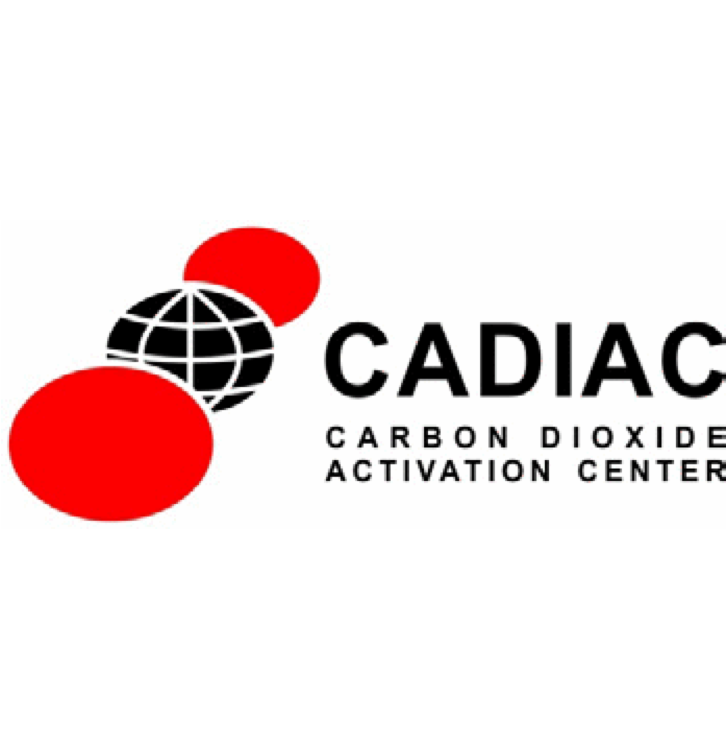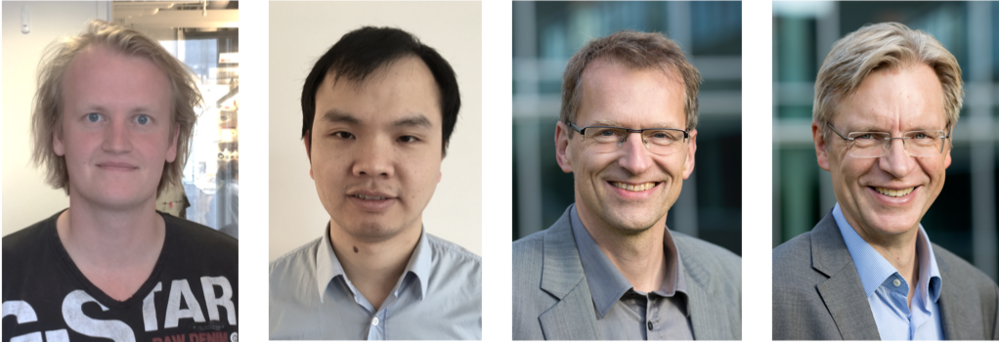Review in Nature Catalysis from CADIAC on methods for CO2-to-CO conversion
A series of negative consequences for our planet’s climate system are caused by a remarkably high concentration of atmospheric CO2 and determined effort are made in reusing CO2. In a review in Nature Catalysis, researchers from Carbon Dioxide Activation Center (CADIAC) at Interdisciplinary Nanoscience Centre, Aarhus University, cover the methods for converting CO2 to CO.

Carbon dioxide is ubiquitous and a vital molecule for maintaining life on our planet. However, the ever-increasing emission of anthropogenic CO2 into our atmosphere has provoked dramatic climate changes. In principle, carbon dioxide could represent an important one-carbon building block for the chemical industry, yet its high thermodynamic and kinetic stability has limited its applicability to only a handful of industrial applications. On the other hand, carbon monoxide represents a more versatile reagent applied in many industrial transformations.
In a review in the journal Nature Catalysis, the different methods for converting CO2 to CO with specific focus on the reverse water gas shift reaction, main element reductants, and electrochemical protocols applying homogeneous and heterogeneous catalysts are covered. Particular emphasis is given to synthetic methods, which couple the deoxygenation step with a follow-up carbonylation step for the synthesis of carbonyl-containing molecules, thus avoiding the need to handle or store this toxic but highly synthetically useful diatomic gas.
 From left: Dennis U. Nielsen, Xin-Ming Hu, Kim Daasbjerg and Troels Skrydstrup (Photos: courtesy of CADIAC)
From left: Dennis U. Nielsen, Xin-Ming Hu, Kim Daasbjerg and Troels Skrydstrup (Photos: courtesy of CADIAC)
Carbon Dioxide Activation Center (CADIAC) at Interdisciplinary Nanoscience Centre, Aarhus University, is a Centre of excellence established on 1 April 2015. CADIAC is based on funding from the Danish National Research Foundation. Research within CADIAC focuses on the conversion of CO2 to valuable chemical compounds, and it is developed in collaboration with a growing number of partners across and outside Europe.
The review is published by researchers from Aarhus University (Department of Chemistry and Interdisciplinary Nanoscience Centre). Troels Skrydstrup and Kim Daasbjerg, Professors at Aarhus University, are in charge of the research team behind the publication in the newly established journal Nature Catalysis.
Chemically and electrochemically catalysed conversion of CO2 to CO with follow-up utilisation to value-added chemicals. Dennis U. Nielsen, Xin-Ming Hu, Kim Daasbjerg* and Troels Skrydstrup*. doi: 10.1038/s41929-018-0051-3
For further information, please contact
Professor Dr. Troels Skrydstrup Interdisciplinary Nanoscience Center Tel: +45 28992132 | Professor Dr. Kim Daasbjerg Interdisciplinary Nanoscience Center Tel: +45 87155965 |
